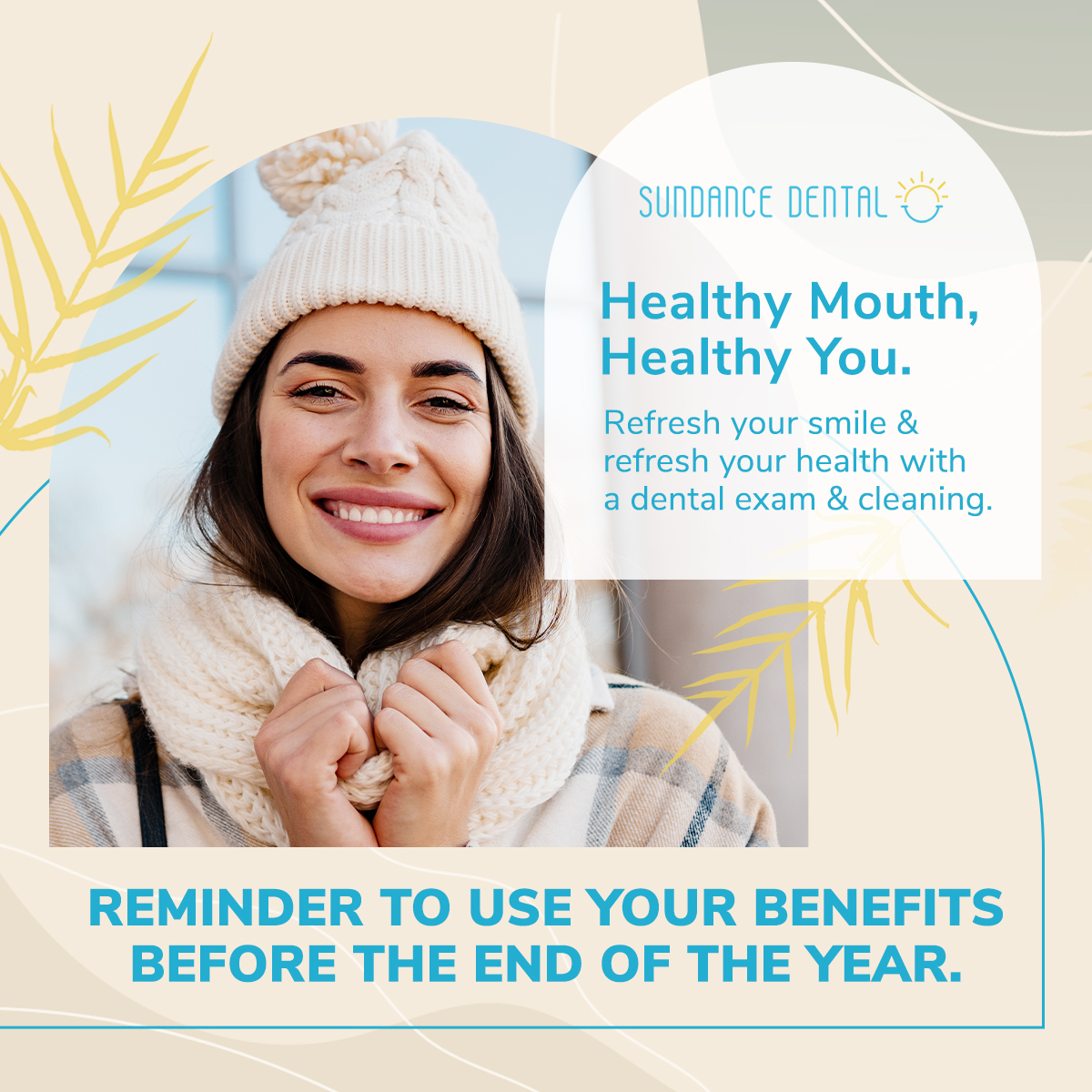The health of our teeth, gums, and mouth is crucial to our overall health and wellness. The prevention of tooth decay and the development of cavities is one of the most essential elements of keeping your teeth healthy and in good condition, as well as preventing other problems and complications.
According to recent studies, as many as 30% of adults have untreated cavities. When cavities are left untreated, they can cause serious damage to the teeth, and potentially lead to the development of more serious issues. This is why it is vitally important to be aware of the signs of a cavity, and to see your dentist as soon as you can if you think you may have one.
What is a Cavity?
When food debris and bacteria are allowed to build up on the surface of the teeth, plaque will form. The bacteria within the plaque produce acids that over time can erode the enamel of the teeth. Flossing and brushing regularly helps to remove plaque, as when the plaque is permitted to build up on the surface of the teeth, enamel erosion occurs.
A cavity results in the formation of a hole in the affected tooth. When a cavity is left untreated, the tooth will eventually become severely damaged. In addition, when a cavity isn’t treated, more serious complications can occur such as an abscess or infection. When an infection isn’t treated, it can spread to the bloodstream which can be a life-threatening condition.
Some areas of the mouth pose a higher risk of developing plaque and subsequent cavities. They include
The chewing surfaces of the molars. Particles of food can become stuck and collect in the grooves of the teeth.
The crevices between the teeth, especially the molars.
The bottoms of the teeth, closest to the gum line.
There are also some types of foods that are more likely to cling to your teeth and may also cause an increased risk of developing a cavity. Some examples include:
Dried Fruits
Hard Candies
Sodas & Fruit Juices
Chips
Sugary Foods such as Cake, Cookies, Gummy Candies, and Ice Cream
While it is true that children are at a higher risk of developing cavities than adults, adults are still at risk of tooth decay and cavities. This risk increases as adults age and the gums recede from the teeth, exposing the roots of the teeth to plaque.
What Are the Symptoms of Cavities and Tooth Decay?
There are a few signs that can be an indication that a cavity is developing. There are also some signs that an existing cavity is getting worse. Some of the most common of these signs are:
Sensitivity to Hot and Cold
Extended Sensitivities to Sweets
Toothache
Staining of the Teeth
A Hole or Pit in the Tooth
If you notice any of the above symptoms, it is best to contact your dentist right away. The sooner you seek treatment, the more likely that the tooth can be treated and saved and the less likely you are to need more intensive procedures.
When to See Your Dentist
If you are concerned about the possibility of a cavity, make an appointment with your dentist as soon as you can. If you are experiencing sensitivity to sweets or temperatures that liners, see your dentist so they can evaluate that area of your mouth, particularly if the sensitivity persists beyond 24-48 hours.
Staining on your teeth or a toothache that doesn’t subside are also good reasons to see your dentist as soon as possible.
The Bottom Line
The best way to prevent the development of cavities is to maintain an effective daily oral health practice. This should include brushing your teeth for at least two minutes at a time with fluoride toothpaste twice daily, flossing once per day, and seeing your dentist every six months for routine checkups and cleanings.
Having X-Rays taken regularly can also help to prevent cavities as well as prevent existing ones from progressing into more serious problems which often require more complicated treatment and don’t guarantee that the tooth can be restored.





